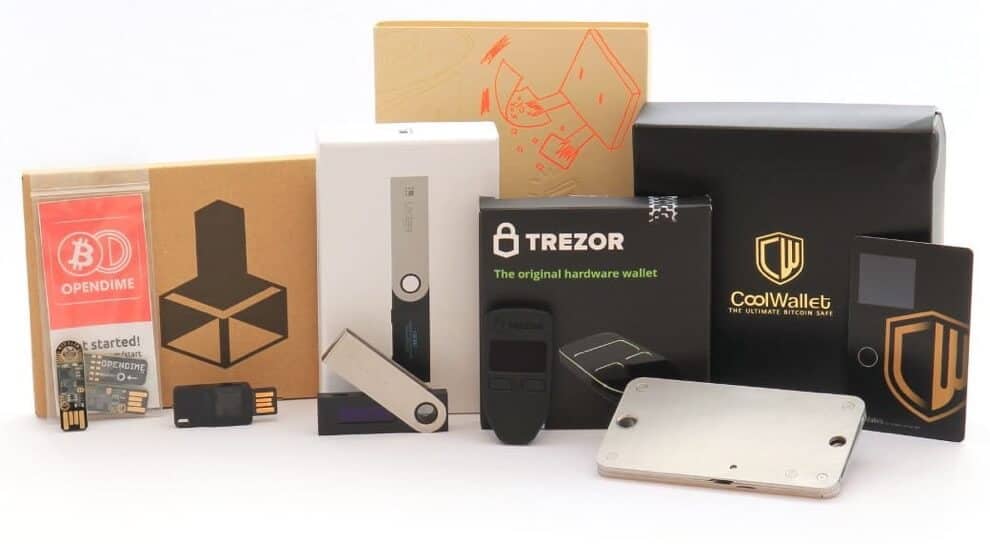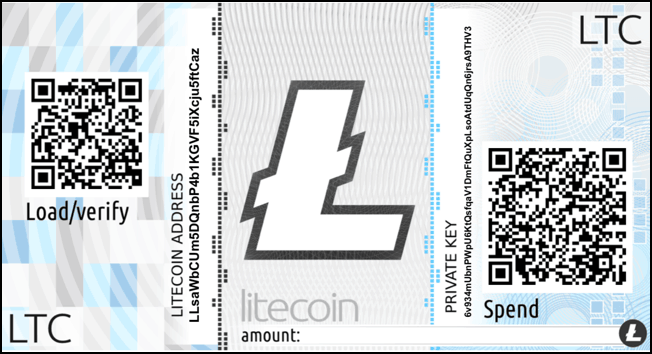How & Where To Store Private Keys & Recovery Seed Securely?

- Where are you storing your crypto private keys?
- Which crypto private key storage or seed storage are you using?
If these questions concern you, you are in the right place.
Needless to say, cryptocurrencies like Bitcoin or Litecoin are only going to increase in their value. Thanks to the dis-inflationary economics policy embedded within these systems !!
I believe you already know this and probably are looking for the best and the secure ways to store your private keys or 24-word mnemonic seed of your crypto assets.
I must say it is a wise decision but you should follow anyone’s advice blindly on the internet. We even urge you to not follow TheMoneyMongers just like that but since we have been in the industry for 3 years now, so our words might be a bit useful for you.
So with that thought let me jump in right to the subject and share how I store my private keys and seed securely.
Best Way To Store Private Keys or 24-Word Seed?
#1. Use Hardware Wallet

Having a hardware wallet is one of the quickest and cheapest ways of handling your seed or private keys safely because these hardware wallets are specifically designed for this job.
Doing this single most thing protects your cryptoassets from 99.99% of attack vectors from which you are otherwise not protected.
Of course, hardware wallets cannot guarantee your safety, you behave like a jerk and do stuff that you should do but otherwise having them is like having peaceful sleep at night without worrying about the safety.
If you want a single recommendation, I would suggest you go for Ledger Nano X hardware wallet as it is the most advanced and secure hardware wallet designed for your present as well as future needs.
#2. Discard Paper Wallets
I used paper wallets for a few weeks and at last, had to give up.
I gave up not because I didn’t know how to use them but because they were simply not worth managing. Paper wallets are cumbersome to use and they can lead you to do mistakes which would compromise the safety of your crypto funds.
Moreover, paper wallets are absolutely a big NO-NO for beginners given the hassle involved in transferring your cryptocurrencies in and out of it.
You also need to worry about the Bitcoin change address which isn’t the case with software or hardware crypto wallets.
Lastly, it is 2019, who uses paper wallets now when you have sophisticated and more secure hardware wallets like Ledger Nano X or Ledger Nano S.
So don’t think twice, just don’t use paper wallets if you want the safety of your private keys and seed.
#3. Have Multiple Back-ups
This is straightforward.
We know that having multiple back-ups of passwords helps. Similarly, private keys or 12/24 word seed are like your password which help you to unlock your cryptos.
But the way you keep your multiple backups for your Gmail account is not recommended here. Instead, you should have 2 or 3 hardware devices or software devices installed with your private keys/seed.
They can act as a backup in case of an emergency situation.
Also, a humble appeal to extra smart guys. Do not split-up your seed or private keys into 3-4 parts to keep it in different locations. This can be fatal and you can lose everything you have.
So do not try this, instead of having multiple setups helps but don’t blindly trust on any software or hardware wallet to make multiple back-ups.
When in doubt shoot us a mail or comment in the comments section below and we will be happy to help 🙂
#4. Use Safety Vaults
This is for extra paranoids and yes I am one of them.
Keeping backup of your seed or private keys on hardware devices and paper sheets is normal. Everyone does it.
But what if you don’t have a backup and your wallet is burnt down in an emergency situation or flooded in a natural calamity. This can happen with your backups too, forget about your main wallet.
So it is advisable to use Safety Vaults that are immune to fire or water. Some paranoids also use CryptoSteel like hardware wallets which facilitates you to store your private keys or seed on a steel plate in an organized way.
Nothing to get surprised as steel is fire and water-resistant.
#5. Use VPNs
Sometimes phishing attacks can happen on your device which might make you enter your seed or private keys in a vulnerable place.
Sometimes these attacks are also called man-in-the-middle attacks where the attacker is able to successfully replace the public address while you are sending your cryptos out.
To safeguard yourself against such attacks double check where you are sending your cryptos and also use VPNs which will hide your IPs and make it difficult for the attacker to obtain any public info of your transactions.
Conclusion: Store Private Keys & Seed Securely
The most important part of storing your private keys and seed words safely is your vigilance.
How vigilant you are while using your cryptocurrencies that matters. Of course, the hardware wallets and the software wallets you will be using will do their job but it all comes down to your own common sense while handling your crypto assets.
I have seen funny things happen in crypto.
I have seen a live ICO of a company getting hacked when the attackers were able to just replace the ICO address on which the company was supposed to receive the funds.
No surprises that attackers were able to replace and put their address to successfully siphon 30 million in the end. I was about to participate in the ICO but because I noticed the address changing and became skeptical.
15 minutes later we got the message in the slack community, not to transfer ETH to the address shown on the website as their website was hacked.
Now you see funny things happen in crypto, so you are whole and solely responsible for your private keys and seed that’s why you should not leave any stone unturned to have the best wallets, the best security practices, and the best mindset to handle your cryptocurrencies.
Adios
Now you tell us: How did you find this guide? Do you have any questions to be asked? If so, shoot us in the comments below. Also, share this guide with your friends who are seeking this 🙂
- Is Bitcoin Real Money?: Understanding Different Types Of Money - June 28, 2024
- Bitcoin Transaction Accelerator: 5 Services to Unstuck Your BTC - September 23, 2023
- What Is Bitcoin Private Key? Everything You Need To Know !! - June 2, 2023
Contents

